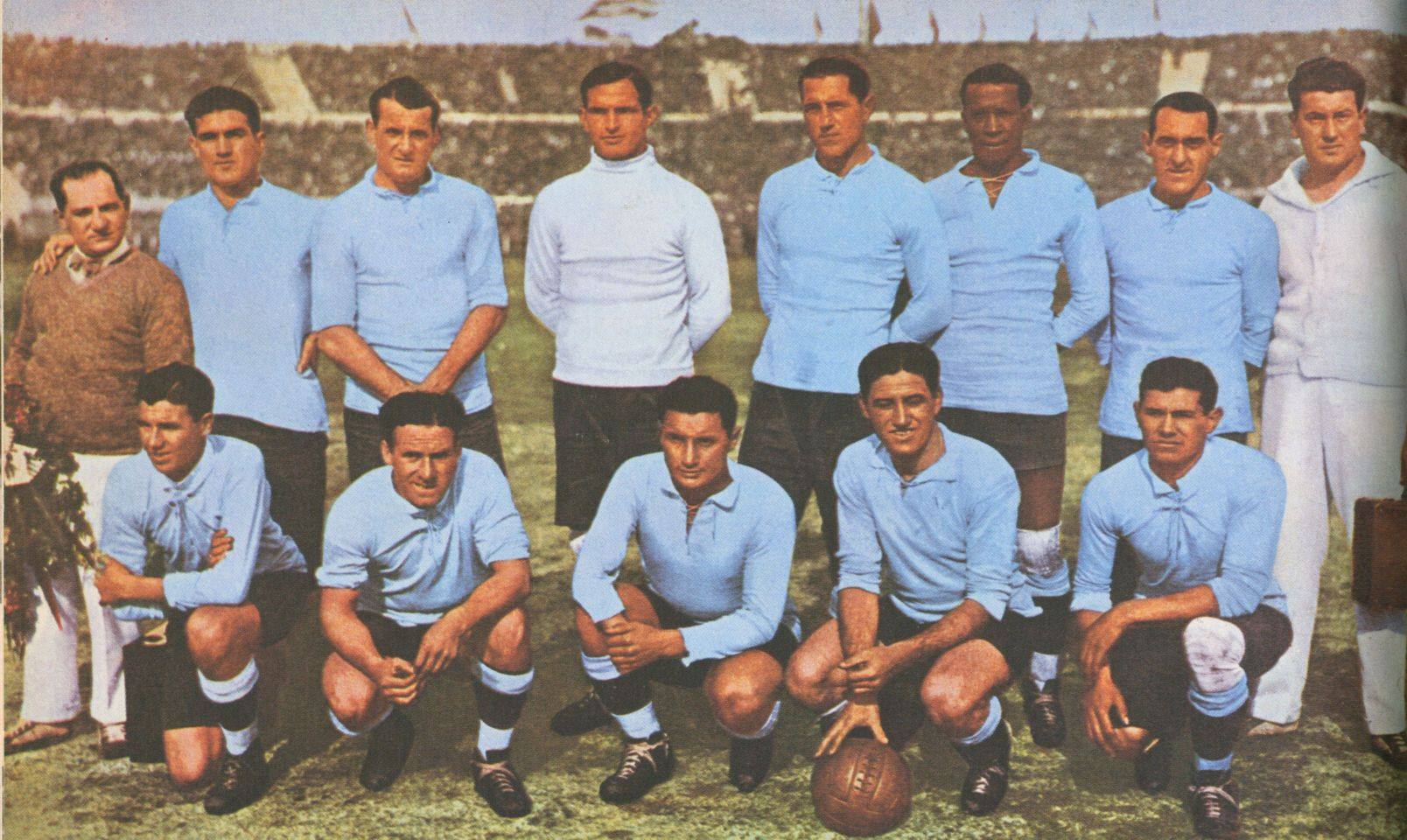I was having a ridiculous argument last weekend with a buddy of mine who insisted that the World Cup has always been this huge, globally representative affair. He just kept hammering on about “the spirit of global unity” from day one. I told him straight up he was mixing up modern history with actual history. I told him the first one, back in 1930 in Uruguay, was basically a regional party that a few European teams grudgingly showed up for. He scoffed, of course. That was my trigger. I slammed the laptop open right then and there because I needed to prove my point by tracking down every single nation that actually bothered to compete.

Starting the Dig: The Initial Count
I didn’t just look at the first result on Google. Anyone can do that. I started correlating multiple sources—official FIFA historical documents, old newspaper archives, anything I could find that detailed the planning phase. I quickly confirmed the magic number: 13 teams. Only 13! That number felt so small compared to the 32 we expect today. I needed to break down exactly who these 13 were and, more importantly, see the massive geographical gap that existed.
I focused first on the hemisphere where the tournament was actually held, figuring those teams had the shortest path and the most motivation. The South American presence was naturally strong. I systematically identified the participants from the continent, starting with the hosts who automatically qualified.
- Uruguay (The hosts.)
- Argentina (A major contender.)
- Brazil (Always a powerhouse.)
- Chile
- Paraguay
- Peru
- Bolivia
That locked in seven teams from South America immediately. Then I added the North and Central American contingent who made the trip down:
- Mexico
- United States
Nine teams from the Americas. That’s already 69% of the tournament. The argument that it was primarily a regional affair was already solid, but I still had four mystery slots to fill. I had to investigate who managed to conquer the Atlantic crossing.
Tracking the European Pioneers
The real scandal wasn’t who played, but who didn’t. I spent hours tracing the refusal letters and the massive logistical headache that Uruguay faced. Remember, this was 1930. The journey involved two weeks on a boat, plus the cost of pulling players away from their professional duties for nearly two months. Most of the powerful European footballing nations—Italy, Spain, Germany, England (who wasn’t even affiliated yet)—flat-out refused to go. They literally couldn’t justify the cost or the time.

I uncovered stories about how Uruguay’s diplomats had to practically beg nations to send a team. I even read accounts suggesting the Uruguayan government offered to pay for the travel costs entirely for a few teams just to ensure the tournament wasn’t a total embarrassment. It was pure hustle just to get four European nations to commit. These four nations were the ultimate pioneers because they were willing to endure that ridiculous journey:
- Belgium
- France
- Romania (I found a crazy detail that their squad selection was allegedly ordered by King Carol II himself, who said they had to go.)
- Yugoslavia
I put the final four into my list and calculated the total: 13 teams. That’s the hard, cold proof right there. Nine teams were essentially local, and four traveled by sea for weeks on end.
The Conclusion of the Practice
I consolidated all my findings, organized the list clearly, and then presented it to my friend. The look on his face when he realized that not a single team from Africa or Asia participated, and only four teams came from the powerhouse continent of Europe, was priceless. He tried to backtrack, talking about “early difficulties,” but I shut him down quickly.
My practice wasn’t just about finding the names; it was about understanding the context. I realized how groundbreaking, yet how logistically compromised, the first World Cup truly was. It wasn’t the global spectacle we know today; it was a testament to the dedication of 13 teams that were willing to sail halfway around the world or, failing that, just drive across the border. I didn’t just search for the participants; I dredged up the whole historical struggle that resulted in only these few nations showing up to compete.
